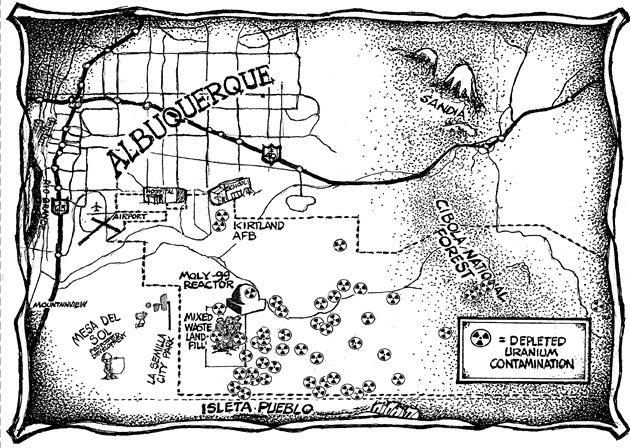
Aleutian/Pribil of Islands Association
The Aleutian/Pribil of Islands Association is one of 39 environmental and peace organizations that won a landmark lawsuit against the U.S Department of Energy for failure to follow-through on adequate environmental cleanup during its 50+ years of nuclear weapons research, testing, and production. Part of this settlement was the establishment of the MTA Fund (Citizens’ Monitoring and Technical Assessment Fund), which provided $6.25 million for tribes and non-profit organizations to assess and conduct independent technical and scientific studies regarding the multitude of technical, ecological, and health issues surrounding the nation’s nuclear weapons complex.
Clark University was chosen by the non-profit peace and environmental groups as the conservator of these reports to ensure they remain available to the public in perpetuity. The unconventional election of university as conservator is an innovative example, particularly within the era of Web 1.0, of higher education as protector and provider of information through wide dissemination.
The research and reports available in this series were conducted by the Aleutian/Pribil of Islands Association with their allocated portion of the MTA fund.
If you have any questions or concerns please contact us at digitalrepository@clarku.edu.
-

Radionuclide Data Analysis of Marine Subsistence Food from Amchitka and Adjoining Areas
Aleutian/Pribil of Islands Association and Mark Baskaran
Derivation of dose estimates from subsistence food such as fish require that the concentrations of radionuclide are precisely known. The safety of subsistence food and the ecosystem in areas adjoining Amchitka requires that the radionuclide concentration of anthropogenic radionuclides, potentially released from the three nuclear tests between 1965 and 1971 at Amchitka Island in the central Aleutian Archipelago, in subsistence food. The total yield of these detonations (6.08 million tons) is estimated to be about 15% of the total yield of all US underground nuclear explosions {Long shot: 80 kton at 690 m below the island’s surface; Milrow: 1 million ton, 1969 at 1200 m below surface; and Cannikin: 5 million-ton, 1971 at 1763 m below surface (the world’s largest underground test). The Department of Energy has conducted monitoring of this site for a number of years and has found little evidence of radionuclide leakage (Sibley and Tornberg, 1982; Burger et al., 2006). We collected a suite of fish samples from areas adjoining Amchitka and tested it for natural and anthropogenic radionuclides. In this report, we report the concentration of gamma-emitting radionuclides (40K, 137Cs, 226Ra, and 226Ra) from a suite of fish samples that we obtained from our collaborators.
This research was completed money allocated during Round 5 of the Citizens’ Monitoring and Technical Assessment Fund (MTA Fund). Clark University was named conservator of these works.
If you have any questions or concerns please contact us at digitalrepository@clarku.edu
-

Subsistence Food Use in Unalaska and Nikolski
Aleutian/Pribil of Islands Association, Institute for Circumpolar Health Studies, Kari Hamrick, and Janell Smith
The purpose of this project was to document established subsistence use patterns for two Tribes represented by APIA; the Nikolski Tribe and the Qawalangin Tribe of Unalaska. The APIA Environmental Program, directed by Bob Patrick works with communities in the Aleutian and Pribilof Islands region to determine the health impacts posed by the nuclear weapons tests conducted at Amchitka Island, which is in close proximity to the villages of Nikolski and Unalaska. The actual amounts of subsistence foods consumed by individuals in each community that are reported in this document is needed to provide a better understanding of food preferences, attitudes and other determinants of the regional Native diet so that possible risk to radiological dosages can be calculated. To obtain subsistence food consumption data, a food frequency questionnaire was developed by the Institute for Circumpolar Health Studies (ICHS) in collaboration with the Alaska Native Health Board through funding from the Agency for Toxic and Substance Disease Registry (ATSDR) via a contract with IDS and ICHS for the Alaska Traditional Diet Project. A preliminary visit was made to Unalaska and Nikolski in the fall of 2002 to have community Elders review the form and to discuss the process of data collection. Incorporating the Elder’s comments, data was collected during July of 2003 with permission from both participating communities.
This research was completed money allocated during Round 2 of the Citizens’ Monitoring and Technical Assessment Fund (MTA Fund). Clark University was named conservator of these works.
If you have any questions or concerns please contact us at digitalrepository@clarku.edu


